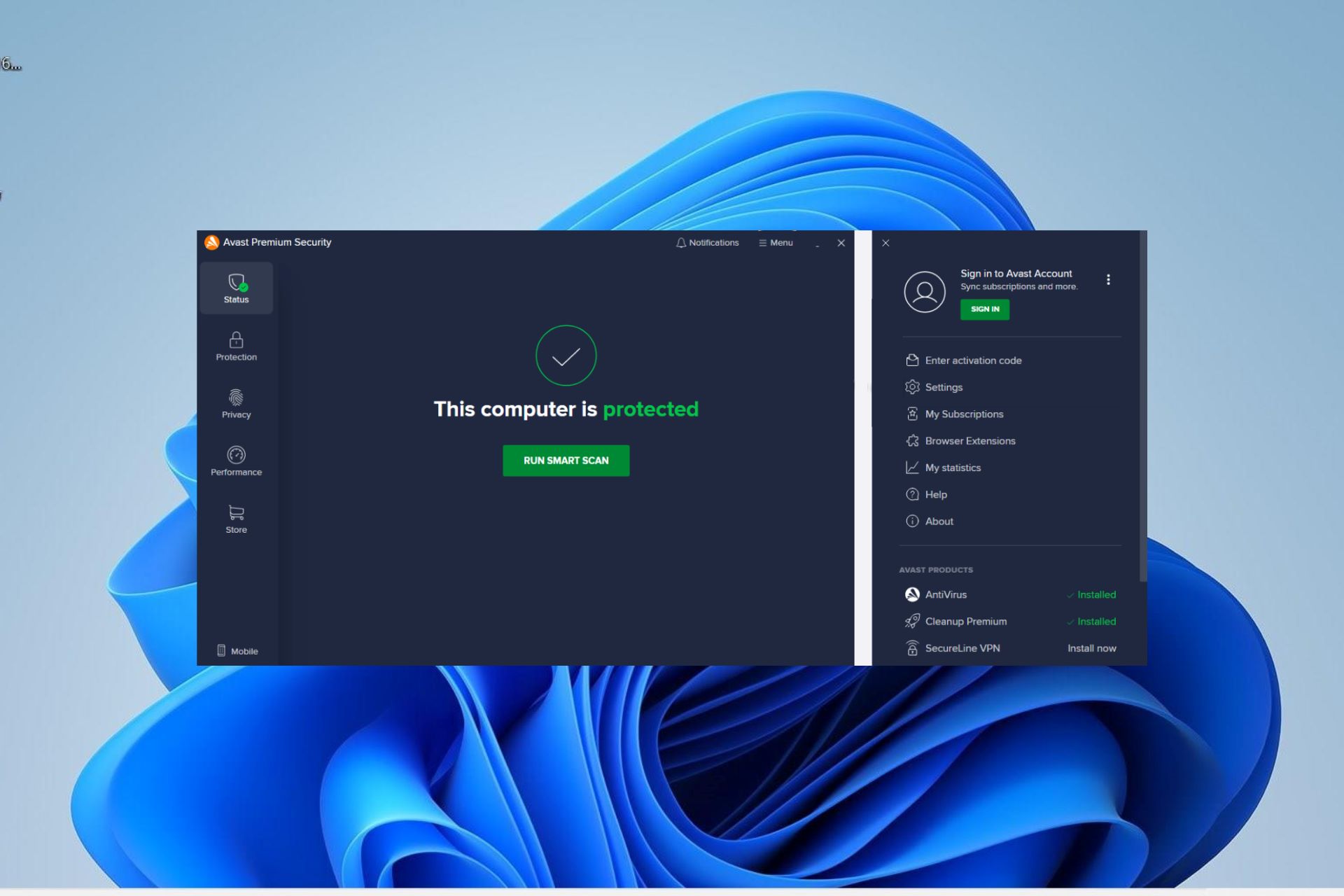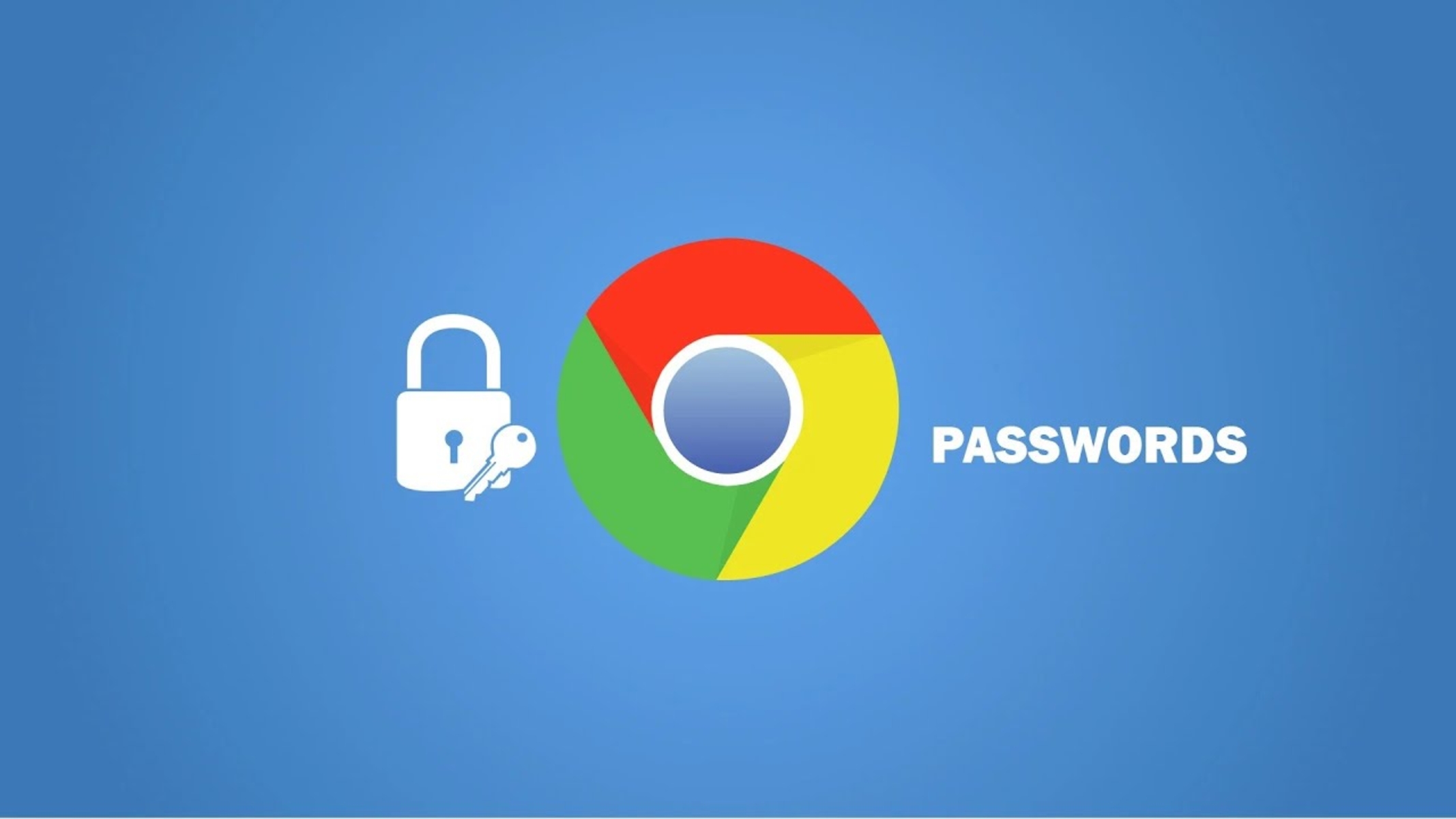Common Browser Issues
Browsers are essential tools for accessing the internet, but they can sometimes encounter issues that disrupt the user experience. Understanding these common problems can help users troubleshoot and resolve issues effectively.
-
Slow Performance: One of the most prevalent browser issues is slow performance. This can be caused by various factors such as a cluttered cache, outdated browser, or excessive background processes.
-
Crashing or Freezing: Browsers may crash or freeze due to incompatible extensions, insufficient system resources, or corrupted browser files. These issues can disrupt browsing sessions and lead to frustration.
-
Unresponsive Tabs or Pages: Sometimes, tabs or web pages become unresponsive, failing to load or interact with user input. This can occur due to network issues, excessive memory consumption, or problematic scripts on the webpage.
-
Security Warnings: Users may encounter security warnings when accessing certain websites. These warnings can be triggered by expired security certificates, unsecured connections, or potentially harmful content on the webpage.
-
Incompatibility with Websites: Certain websites may not display or function correctly on a particular browser. This can be attributed to outdated browser versions, lack of support for modern web technologies, or website-specific compatibility issues.
-
Browser Redirects: Users may experience unexpected redirects to unfamiliar websites. This could be a result of malicious browser extensions, adware, or compromised website links.
Understanding these common browser issues is the first step in addressing them effectively. By identifying the specific problem, users can take targeted actions to resolve the issues and restore their browsing experience.
Checking Internet Connection
Ensuring a stable internet connection is crucial for seamless browsing. When encountering browser issues, the first step is to verify the status of the internet connection. Here's a detailed guide on how to check and troubleshoot internet connectivity problems:
1. Wi-Fi or Ethernet Connection
- Wi-Fi Connection: If using a Wi-Fi connection, ensure that the Wi-Fi router is powered on and functioning properly. Check if other devices can connect to the same network.
- Ethernet Connection: For wired connections, inspect the Ethernet cable for any damage or loose connections. Ensure that the router or modem is operational.
2. Network Signal Strength
- Check the signal strength on wireless devices. Weak signals can lead to intermittent connectivity issues. Consider moving closer to the router or using Wi-Fi signal boosters for improved coverage.
3. Internet Service Provider (ISP) Status
- Contact the Internet Service Provider (ISP) to inquire about any ongoing service outages or maintenance activities in the area. ISPs often provide real-time updates on service disruptions.
4. Network Settings
- Verify that the network settings on the device are configured correctly. Ensure that the device is not in airplane mode or has any network restrictions enabled.
5. Router and Modem Troubleshooting
- Restart the router and modem to refresh the network connection. Power cycling these devices can resolve temporary connectivity issues.
6. Network Firewall and Security Software
- Check if the network firewall or security software is blocking the browser's access to the internet. Temporarily disable the firewall or adjust the security settings to allow the browser to connect.
7. Alternative Devices and Browsers
- Test the internet connection on alternative devices such as smartphones or tablets. If the issue persists across multiple devices, it indicates a network-related problem.
- Try accessing the internet using a different browser to determine if the issue is specific to a particular browser.
8. Speed and Bandwidth
- Use online speed testing tools to measure the internet connection speed and bandwidth. Slow speeds can impact browsing performance and lead to page loading issues.
By systematically checking the internet connection using the aforementioned steps, users can identify and address potential connectivity issues that may be affecting their browsing experience. A stable and reliable internet connection forms the foundation for uninterrupted and enjoyable web browsing.
Clearing Browser Cache and Cookies
Clearing the browser cache and cookies is a fundamental troubleshooting step to resolve various browsing issues. The cache and cookies stored by the browser can sometimes become outdated or corrupted, leading to performance issues and unexpected behavior. By clearing these temporary files, users can effectively refresh their browsing environment and address common problems. Here's a detailed guide on how to clear the browser cache and cookies across popular web browsers:
Google Chrome
- Accessing Settings: Click on the three-dot menu icon in the top-right corner of the browser window, then select "Settings."
- Clearing Browsing Data: In the Settings menu, navigate to "Privacy and security" and click on "Clear browsing data." Choose the time range for which you want to clear the data and select "Cookies and other site data" and "Cached images and files."
- Initiating Clearing Process: Click on "Clear data" to remove the selected browsing data from the browser.
Mozilla Firefox
- Accessing Options: Click on the three-line menu icon in the top-right corner and select "Options."
- Clearing Browsing History: In the Options menu, go to the "Privacy & Security" tab and scroll down to the "Cookies and Site Data" section. Click on "Clear Data."
- Selecting Data to Clear: Choose the types of data to clear, including cookies and site data, and cached web content.
- Clearing Process: Click on "Clear" to initiate the clearing process.
Microsoft Edge
- Accessing Settings: Click on the three-dot menu icon and select "Settings."
- Clearing Browsing Data: In the Settings menu, navigate to "Privacy, search, and services" and click on "Choose what to clear."
- Selecting Data to Clear: Choose "Cookies and other site data" and "Cached images and files."
- Initiating Clearing Process: Click on "Clear now" to remove the selected browsing data.
Safari (Mac)
- Accessing Preferences: Click on "Safari" in the top menu bar and select "Preferences."
- Clearing Browsing Data: Go to the "Privacy" tab and click on "Manage Website Data."
- Removing Data: Select "Remove All" to clear all website data, including cookies and cached files.
By following these steps to clear the browser cache and cookies, users can effectively eliminate outdated or problematic data stored by the browser. This process can help improve browsing speed, resolve website loading issues, and address certain security concerns. Additionally, clearing the cache and cookies can provide a fresh start for the browser, potentially resolving various performance-related issues.
Disabling Browser Extensions
Browser extensions, also known as add-ons or plugins, enhance the functionality of web browsers by providing additional features and customization options. While these extensions can offer valuable utilities such as ad blockers, password managers, and productivity tools, they can also be a common source of browser-related issues. Disabling browser extensions is a crucial troubleshooting step to identify and address problems stemming from incompatible or malfunctioning add-ons.
Identifying Problematic Extensions
When encountering browser issues such as slow performance, frequent crashes, or unresponsive web pages, it is essential to assess the impact of installed extensions. Problematic browser extensions can interfere with the normal operation of the browser, leading to a range of issues including excessive resource consumption and compatibility conflicts.
To begin the process of disabling browser extensions, users should first identify the installed extensions and their respective functionalities. This can be achieved by accessing the browser's extension or add-on management interface, where a comprehensive list of installed extensions is displayed. Users should pay attention to the enabled status, version, and reviews of each extension to gauge their potential impact on browsing performance.
Disabling Extensions in Popular Browsers
Google Chrome
- Access the Chrome menu by clicking on the three-dot icon in the top-right corner and select "More tools" followed by "Extensions."
- In the Extensions tab, users can disable individual extensions by toggling the switch next to each extension to the off position.
Mozilla Firefox
- Navigate to the Firefox menu and select "Add-ons."
- In the Add-ons Manager, users can disable extensions by clicking on the "Disable" button next to each extension.
Microsoft Edge
- Click on the three-dot menu icon and select "Extensions."
- Users can disable extensions by toggling the switch next to each extension to the off position in the Extensions menu.
Safari (Mac)
- Access the Safari menu and select "Preferences."
- In the Preferences window, navigate to the "Extensions" tab and uncheck the box next to each extension to disable them.
Impact of Disabling Extensions
By disabling extensions one by one and testing the browser's performance after each change, users can pinpoint the specific extension causing the issue. This systematic approach allows for the identification and isolation of problematic extensions, enabling users to make informed decisions about whether to remove or replace them with alternative solutions.
Disabling browser extensions is an effective strategy for troubleshooting and resolving various browser-related issues. It empowers users to take control of their browsing experience and ensure that installed extensions contribute positively to their productivity and overall browsing performance.
Updating Browser Version
Keeping the web browser up to date is crucial for ensuring optimal performance, security, and compatibility with modern web technologies. Browser updates often include bug fixes, security patches, and feature enhancements, addressing known issues and vulnerabilities while improving the overall browsing experience. Here's a comprehensive overview of the importance of updating the browser version and the steps to perform the update across popular web browsers.
Importance of Browser Updates
-
Security Enhancements: Browser updates frequently include security patches to address vulnerabilities that could be exploited by malicious entities. By staying current with browser updates, users benefit from enhanced protection against evolving cyber threats.
-
Performance Improvements: Updated browser versions often introduce performance optimizations, resulting in faster page loading times, smoother navigation, and reduced memory consumption. These improvements contribute to a more efficient and enjoyable browsing experience.
-
Compatibility with Web Standards: Modern web technologies continue to evolve, and updated browsers ensure compatibility with the latest web standards, frameworks, and interactive features. This enables users to access and interact with a wide range of websites and web applications without encountering compatibility issues.
-
Bug Fixes and Stability: Browser updates address known bugs and stability issues, reducing the likelihood of crashes, unresponsive tabs, and other browsing disruptions. This leads to a more reliable and consistent browsing environment.
Updating Browser Versions
Google Chrome
Google Chrome automatically updates to the latest version in the background. To manually check for updates, users can click on the three-dot menu icon, select "Help," and then click on "About Google Chrome." The browser will check for updates and prompt the user to relaunch to apply the latest version.
Mozilla Firefox
In Firefox, users can check for updates by clicking on the menu icon, selecting "Help," and then clicking on "About Firefox." The browser will automatically check for updates and download them if available. Users can then restart the browser to complete the update process.
Microsoft Edge
Microsoft Edge updates are typically delivered through Windows Update. Users can manually check for updates by clicking on the three-dot menu icon, selecting "Help and feedback," and then clicking on "About Microsoft Edge." The browser will check for updates and apply them as part of the Windows Update process.
Safari (Mac)
Safari updates are included as part of macOS updates. Users can check for Safari updates by accessing the Mac App Store and navigating to the "Updates" section. If a Safari update is available, it can be installed alongside other system updates.
By regularly updating the browser version, users can ensure that they benefit from the latest security features, performance enhancements, and compatibility improvements. This proactive approach to browser maintenance contributes to a safer, faster, and more reliable browsing experience.
Checking for Malware or Viruses
Ensuring the security of your browsing environment is paramount in safeguarding your personal information and maintaining a smooth online experience. Malware and viruses pose significant threats to both the stability and security of web browsers, potentially leading to data breaches, identity theft, and system instability. Therefore, conducting regular checks for malware and viruses is essential to mitigate these risks and maintain a secure browsing environment.
Symptoms of Malware or Virus Infection
Before delving into the process of checking for malware or viruses, it's important to recognize the potential signs of infection. Common symptoms include unexpected browser redirects, the appearance of unfamiliar toolbars or extensions, sluggish system performance, frequent pop-up ads, and unexplained changes to browser settings. Additionally, if the browser frequently crashes or exhibits erratic behavior, it may indicate the presence of malware or viruses.
Steps to Check for Malware or Viruses
-
Use Antivirus Software: Running a comprehensive scan using reputable antivirus software is an effective method to detect and remove malware and viruses. Ensure that the antivirus software is up to date to effectively identify the latest threats.
-
Browser Security Settings: Review and adjust the security settings within the browser to enhance protection against malicious websites and downloads. Enable features such as phishing and malware protection to bolster your defense against online threats.
-
Malware Removal Tools: Consider utilizing specialized malware removal tools that are designed to target and eliminate specific types of malware. These tools can provide additional layers of protection beyond traditional antivirus software.
-
Browser Add-on Verification: Review the list of installed browser extensions and add-ons to identify any suspicious or unfamiliar items. Remove any extensions that are not recognized or appear to be associated with potential security risks.
-
Operating System Updates: Ensure that the operating system and all installed software are up to date with the latest security patches. Regular updates help address known vulnerabilities that could be exploited by malware.
-
Safe Browsing Practices: Educate yourself on safe browsing practices, such as avoiding suspicious websites, refraining from clicking on unknown links or attachments, and being cautious when downloading files from the internet.
By diligently following these steps and maintaining a proactive approach to security, users can significantly reduce the risk of malware and virus infections, thereby safeguarding their browsing experience and personal data. Regular vigilance and the adoption of best security practices are essential in combating the ever-evolving landscape of online threats.

























